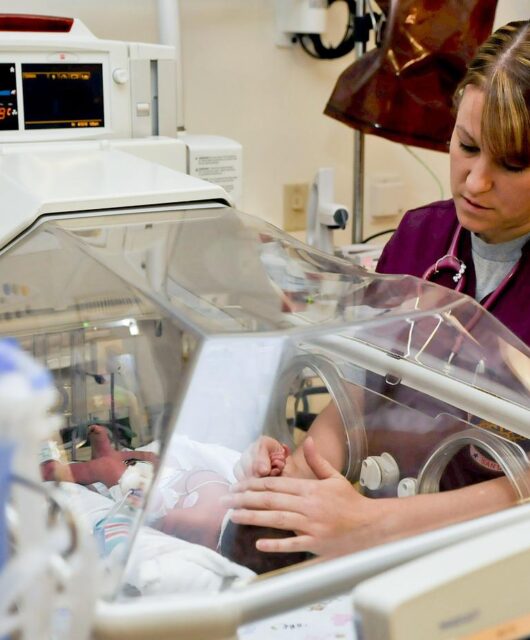The Most Common Types of Pediatric Cancers
Although cancer in children is a somewhat rare occurrence, statistics show that the rate of pediatric cancer has increased significantly in America since the 1970s, while that of adult cancers have come down. In order to have an understanding of the common forms of the disease that generally affect children, take a look at the following.

Leukemia
Topping the chart is leukemia; a cancer that primarily affects the bone marrow and the blood. Almost all of the cases of childhood leukemia fall under either acute lymphocytic leukemia or acute myelogenous leukemia. Both the diseases are treatable via chemotherapy, if detected in time. Common symptoms of leukemia include bone/joint pain, easy bruising and bleeding, weakness, constant fatigue, loss of color from the skin, fever and weight loss among others.
Brain Cancer
Alongside leukemia, brain cancers and other cancers of the CNS are some of the most prevalent pediatric cancers at the moment. Unlike brain tumors in adults which develop in the upper section of the brain, children develop tumors on the lower section. Symptoms include headache, nausea, blurred vision, seizures, impaired motor functions, cognitive disruptions amongst others.
Nephroblastoma (Wilms Tumor)
It generally affects children in between the age of 3 – 4, but exceptions have been found. While the disease itself is very rare, there have been even rarer circumstances where both kidneys have started developing tumors, although, nephroblastoma generally only affects one kidney. The lump in the belly can be visible, but that may not always be the case. Other symptoms include nausea, fever, pain, loss of appetite, etc.
Retinoblastoma
The risks of developing retinoblastoma are the highest when he/she is two and the lowest after six. Doctors are capable of detecting retinoblastoma by a simple light test. The pupil is supposed to look red when a light shines on it, but if it looks pink or white, it might be a sign of retinoblastoma.
Neuroblastoma
A cancer of the nerve cells, neuroblastoma is particularly common in infants and very young children. Pain in the bones, fever and swellings near the abdominal region are common symptoms.
Lymphoma
Although Non-Hodgkin lymphoma is more common in children than Hodgkin lymphoma, both can affect children. Targeting the lymphocytes, lymphoma can affect the thymus or the tonsils. It can have a whole range of symptoms, depending on the particular case. General symptoms include a weakened immune system, weight loss, tiredness and most importantly, swollen lymph nodes near the neck, armpits and groin.
Rhabdomyosarcoma
Rhabdomyosarcoma is a cancer of the skeletal muscle cells and a common form of soft tissue sarcoma. Symptoms include difficulty of movement in the affected regions, pain and lump formation. There is no definite section of the body to which rhabdomyosarcoma is limited, so it can affect any part of the body, including but not limited to arms, neck, abdomen, groin or even the head.
Bone Cancer
Osteosarcoma is more common in children and especially teenagers, but Ewing sarcoma can affect teens as well. While symptoms of pain and swelling are common, the difference between the two lies in the fact that osteosarcoma affects the ends of long bones (fingers, arms, legs), while Ewing sarcoma affects the ribs, shoulder blades and hip bones.
It’s true that some of these cancers are treatable at their early stages, but a complete recovery is not always a possibility and cancer can always come back. The only way to truly get rid of the disease is to find a cure or a vaccination. This is why it is important for organizations and individuals to come forward and donate to the Pediatric Cancer Foundation for them to continue their research towards finding that elusive cure.









